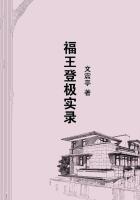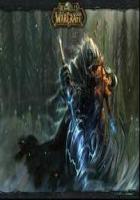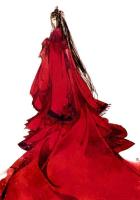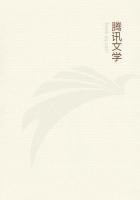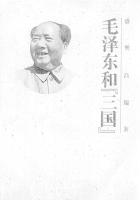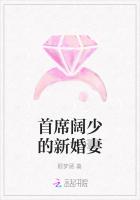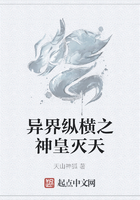Those of the first German press are so rare that practically they never reach the hands of the ordinary collector. Among them are the famous Psalters printed by Fust and Schoffer, the earliest of which is dated 1457; and the bible known as the Mazarine Bible. Two copies of this last were in the Perkins sale. I well remember the excitement on that occasion. The first copy put up was the best, being printed upon vellum. The bidding commenced at 1000 pounds, and very speedily rose to 2200 pounds, at which point there was a long pause; it then rose in hundreds with very little delay to 3400pounds, at which it was knocked down to a bookseller. The second copy was on paper, and there were those present who said it was better than the other, which had a suspicion attaching to it of having been "restored" with a facsimile leaf. The first bid was again 1000 pounds, which the buyer of the previous copy made guineas, and the bidding speedily went up to 2660 pounds, at which price the first bidder paused. A third bidder had stepped in at 1960 pounds, and now, amid breathless excitement, bid 10 pounds more. This he had to do twice before the book was knocked down to him at 2690 pounds.
A scene like this has really very little to do with book-collecting.
The beginner must labour hard to distinguish different kinds of printing; he must be able to recognise at a glance even fragments from the press of Caxton. His eye must be accustomed to all the tricks of the trade and others, so that he may tell a facsimile in a moment, or detect a forgery.
But now let us return to the distinctive marks of early printed books. The first is, says M. Rouveyre, -1. The absence of a separate title-page. It was not till 1476-1480that the titles of books were printed on separate pages. The next mark is -2. The absence of capital letters at the beginnings of divisions.
For example, in an Aldine Iliad, the fifth book begins thus -[Greek text]
It was intended that the open space, occupied by the small epsilon ([epsilon symbol]), should be filled up with a coloured and gilded initial letter by the illuminator. Copies thus decorated are not very common, but the Aldine "Homer" of Francis I., rescued by M.
Didot from a rubbish heap in an English cellar, had its due illuminations. In the earliest books the guide to the illuminator, the small printed letter, does not appear, and he often puts in the wrong initial.
3. Irregularity and rudeness of type is a "note" of the primitive printing press, which very early disappeared. Nothing in the history of printing is so remarkable as the beauty of almost its first efforts. Other notes are -4. The absence of figures at the top of the pages, and of signatures at the foot. The thickness and solidity of the paper, the absence of the printer's name, of the date, and of the name of the town where the press stood, and the abundance of crabbed abbreviations, are all marks, more or less trustworthy, of the antiquity of books. It must not be supposed that all books published, let us say before 1500, are rare, or deserve the notice of the collector. More than 18,000 works, it has been calculated, left the press before the end of the fifteenth century. All of these cannot possibly be of interest, and many of them that are "rare," are rare precisely because they are uninteresting. They have not been preserved because they were thought not worth preserving. This is a great cause of rarity; but we must not hastily conclude that because a book found no favour in its own age, therefore it has no claim on our attention. A London bookseller tells me that he bought the "remainder" of Keats's "Endymion" for fourpence a copy! The first edition of "Endymion" is now rare and valued. In trying to mend the binding of an old "Odyssey" lately, Iextracted from the vellum covers parts of two copies of a very scarce and curious French dictionary of slang, "Le Jargon, ou Langage de l'Argot Reforme." This treatise may have been valueless, almost, when it appeared, but now it is serviceable to the philologist, and to all who care to try to interpret the slang ballades of the poet Villon. An old pamphlet, an old satire, may hold the key to some historical problem, or throw light on the past of manners and customs. Still, of the earliest printed books, collectors prefer such rare and beautiful ones as the oldest printed Bibles: German, English,--as Taverner's and the Bishop's,--or Hebrew and Greek, or the first editions of the ancient classics, which may contain the readings of MSS. now lost or destroyed.
Talking of early Bibles, let us admire the luck and prudence of a certain Mr. Sandford. He always longed for the first Hebrew Bible, but would offer no fancy price, being convinced that the book would one day fall in his way. His foreboding was fulfilled, and he picked up his treasure for ten shillings in a shop in the Strand.
The taste for incunabula, or very early printed books, slumbered in the latter half of the sixteenth, and all the seventeenth century.
It revived with the third jubilee of printing in 1740, and since then has refined itself, and only craves books very early, very important, or works from the press of Caxton, the St. Albans Schoolmaster, or other famous old artists. Enough has been said to show the beginner, always enthusiastic, that all old books are not precious. For further information, the "Biography and Typography of William Caxton," by Mr. Blades (Trubner, London, 1877), may be consulted with profit.
Following the categories into which M. Brunet classifies desirable books in his invaluable manual, we now come to books printed on vellum, and on peculiar papers. At the origin of printing, examples of many books, probably presentation copies, were printed on vellum.
There is a vellum copy of the celebrated Florentine first edition of Homer; but it is truly sad to think that the twin volumes, Iliad and Odyssey, have been separated, and pine in distant libraries. Early printed books on vellum often have beautifully illuminated capitals.


